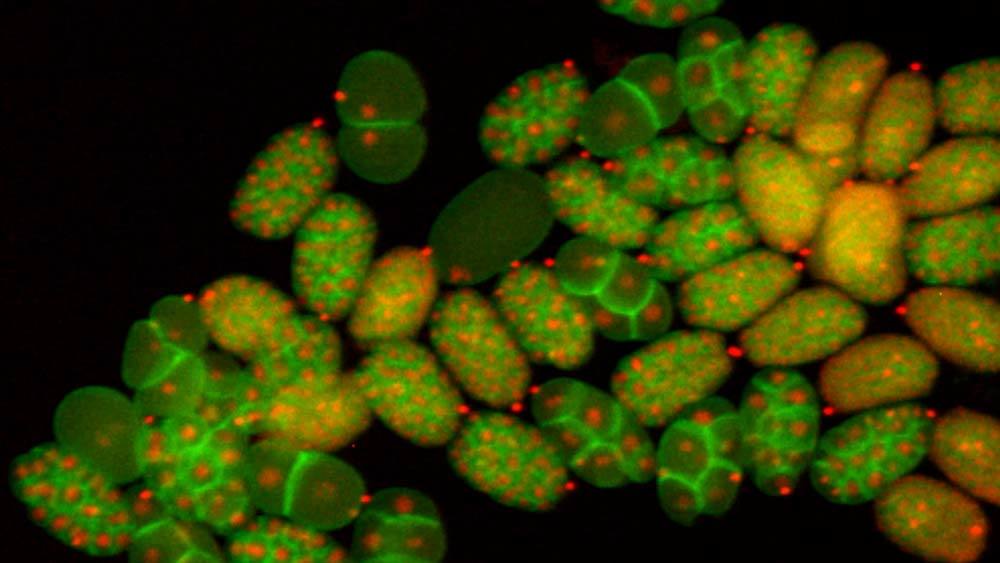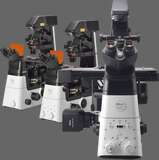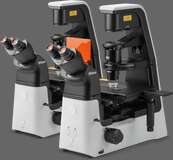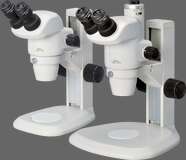- en Change Region
- Global Site
- Home
- Resources
- Applications
- Life Sciences
- Genetics
Applications
Genetics

Genetics is the science of heredity and variation in organisms. Genetic information is packaged in chromosomes and encoded in the structure of DNA (deoxyribonucleic acid) molecules. Genes are subunits of DNA located at specific positions on chromosomes. They encode precise functional products, such as proteins or RNA molecules, which in turn determine the phenotype of the organism - (in association with environmental factors). A single gene may produce several products depending on how transcription is regulated.
Light microscopy techniques play a central role in genetics research allowing, for example, direct visualisation of chromosomes for karyotyping and CGH analysis, and the in situ identification of specific nucleic acid sequences in fixed and living cells using FISH and mFISH. Laser microdissection allows researchers to isolate specific cells of interest from tissue slices for DNA analysis (in frozen and fixed sections and in cell culture monolayers). This can be a powerful way of identifying genetic differences between, for example, a pre-neoplastic cell, neoplastic cell and a normal cell from the same tissue specimen.
Greater understanding of the role of specific genes and their products in determining phenotype, using either classical forward genetics or reverse genetics techniques, has been aided by the availability of a wide range of research models. Many of these, such as the zebrafish (Danio rerio), the nematode worm (Caenorhabditis elegans) and the fruitfly (Drosophila melanogaster) have translucent embryos, which allow development to be observed in the living organism using the light microscope. The downstream effects of gene knockdown, over expression of genes and gene mutations on organ development can be monitored over extended periods using time-lapse imaging. Protein expression and protein localisation, in addition, can be observed using confocal fluorescence microscopy using techniques such as FRET / BRET, FRAP, FLIP and FLIM. The function of selected proteins can also be knocked-down in cells using CALI to learn more about gene / protein function.
Light microscopy is also important in many of today's applied genetic techniques such as the creation of transgenic organisms and cloning. High-quality objectives with high N.A.s, and long working distances are required for the micromanipulation involved in cell transfection and nuclear transfer. Investigation of the physical properties of nucleic acids, in addition, may be aided by techniques such as optical tweezers.
- Home
- Resources
- Applications
- Life Sciences
- Genetics




